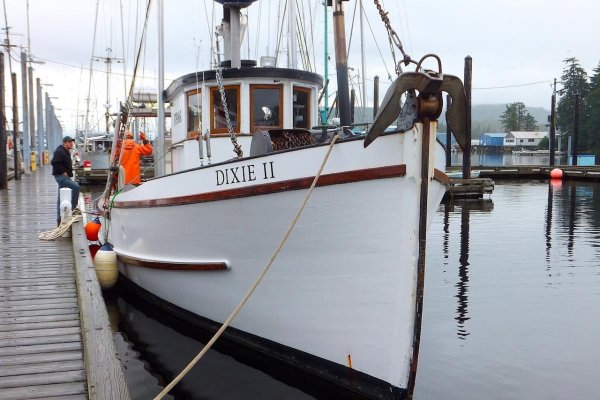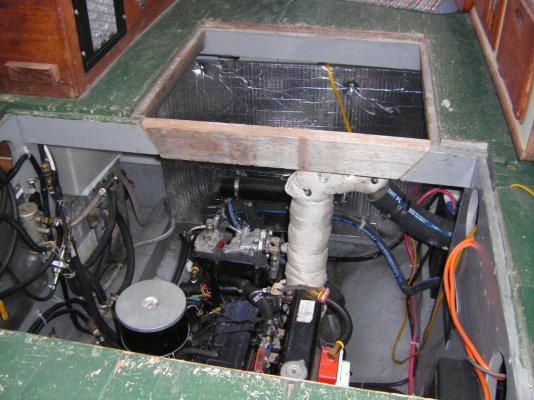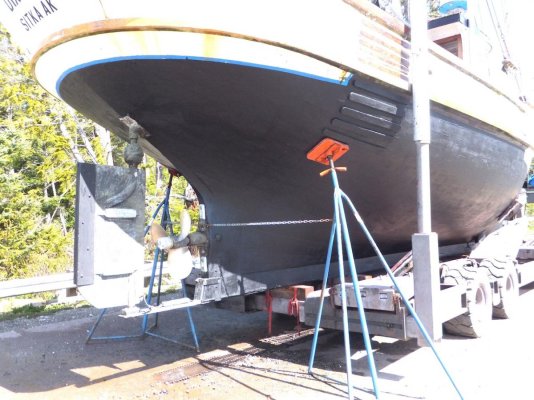Skid I looked and could not find out much about Bill Dixon's design. No drawings or pics of the after body of the hull. So I don't know what it is but it sounds like it's too good to be true and .....................
I did notice that he's stretched the real WLL and it's full enough in the bow to have even a longer "effective" WLL. In the picture it looks like his hydrodynamic "wheelbase" is long indeed. I think I'd like the design if I could see it.
I got the impression that QBBL is not a key factor in Dixon's approach to semi-displacement...








